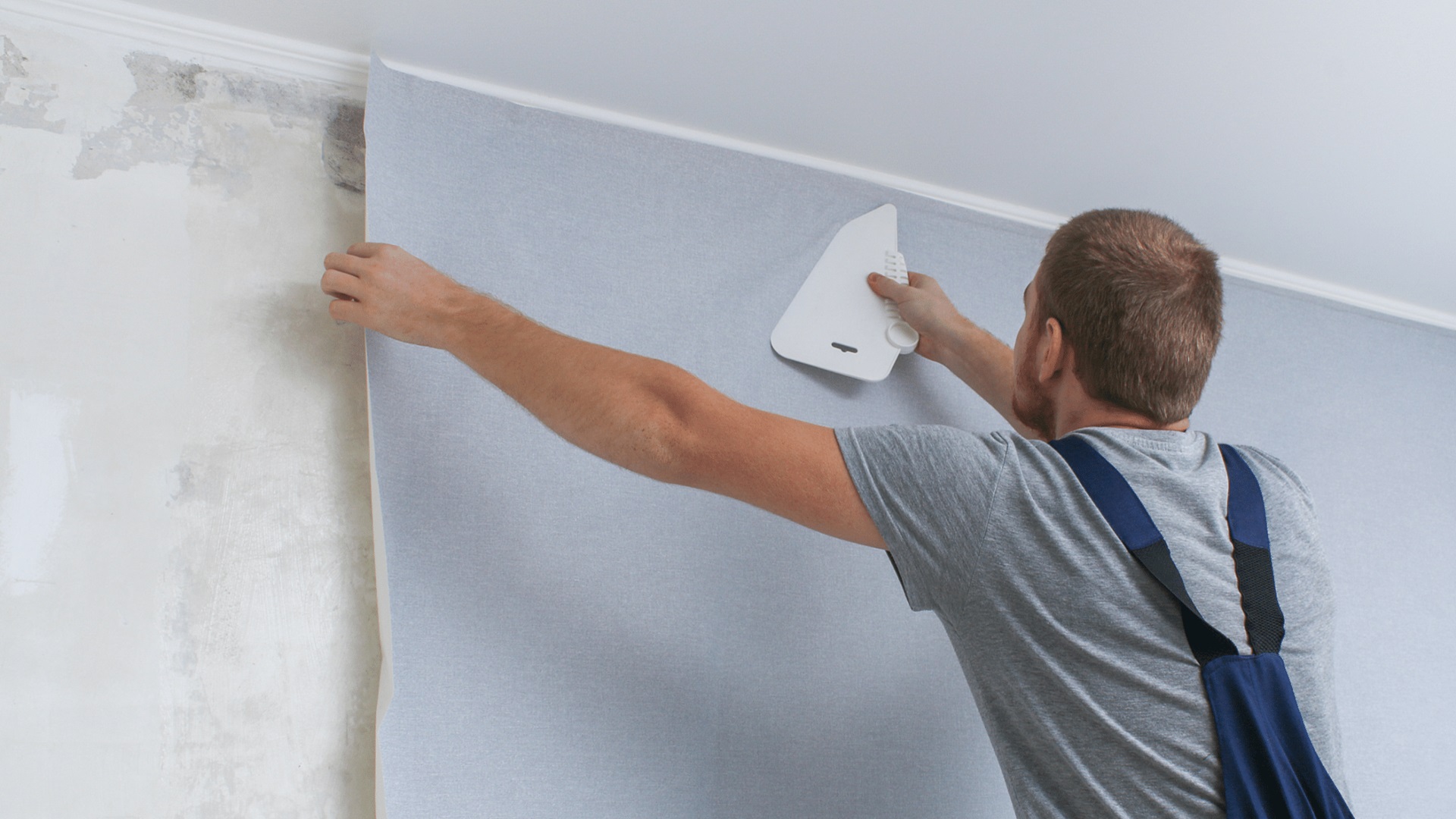Hairline cracks in the stucco are one of those annoying problems that pop-up no matter how hard you try. Don’t worry; they are quite easy to fix. All you need is a little effort and few products.
Before we explain how the actual process goes, get this:
Hairline cracks happen in stucco for a crazy number of reasons.
Why did we tell you this? Because it isn’t always possible to know the exact reason why these cracks appear. So, we are not going to bother with these reasons a lot. On the contrary, our main focus in this article would be the way you can fix them.
Let’s go!
A Few Reasons why Hairline Cracks Appear
There are plenty of reasons why hairline cracks appear in the stucco. Some of the most common ones are:
- Painting over stucco when it is still wet
- Vibrations caused by other construction work going on in the surroundings
- Negligence in stucco installation by the contractor
Often these reasons are not avoidable. Think about it this way: the cracks are going to appear, whether you like it or not.
So, it is best not to pay too much attention to the reasons why they appeared. Rather pay attention to fixing them up, which is what we will be doing in the rest of this article.
Fixing the Hairline Crack
Analyze the Cracks
Firstly, you need to analyze the cracks before you can start filling them up so you can determine the true nature of the problem.
To get a true sense of it, take a scrapper and scrap a portion of that crack. What do you see? If you see that the crack is only on the surface, then you don’t need to worry about it because it is easily fixable. On the other hand, if the crack goes deeper towards the wall, then you may need to call a contractor.
Repairing the Hairline Cracks
The process of repairing a hairline crack is quite simple. The following are the steps that you are going to perform.
1. Prepare the Surface for Repairing
Start with washing the portion of the surface you are going to repair. Washing may seem like an odd idea, but it makes quite a lot of sense. After filling the cracks, you are, most likely, going to repaint the surface. Paint doesn’t adhere to surfaces quite well when they are dirty.
Therefore, pressure wash the surface first. When you are done washing, wipe the excess water off. Now you are all set to fixing those annoying cracks.
The Actual Process
To start the repair process, you are first going to choose the method you are going to use. You have two options here:
- Use caulk for filling the cracks
- Use Micatex to coat the surface
If you choose to go the caulk route, then make sure you do that in the morning. On second thoughts, no matter the process you use, fix the cracks when the Sun is not up. The reason for this is that cracks are visible when the surface is cool. Cool surfaces contract, which makes the cracks more prominent. When the sun is up, cracks close up, which makes it hard to find and fix them.
So, fill the cracks up with caulking and then paint over the surface. Don’t just paint over the affected area. It would look odd. Paint over the entire surface.
You can skip caulking all together if the cracks are quite small. If this is the way you are approaching things, then make sure to do at least two coats. You may think one coat is enough, but cracks are tricky. So the more, the merrier.
That said, if the cracks are fairly large, then using only Micatex alone won’t solve your problems. In that case, you will have to fill the cracks first and then paint.
Important Things to Consider
When you are fixing up the stucco, always remember the following things:
- Never rely on one coat of paint. Multiple coats of paint are required to cover up all of the cracks
- Give each coat plenty of time to dry. It takes at least two to three hours for a coat to dry. So, make sure to not put on another coat until the previous one is done drying
- Don’t use the roller on the edges of the surface. Rollers don’t work well on the edges. So, use a brush
Make sure to consider these things, and you will do a fine job.





